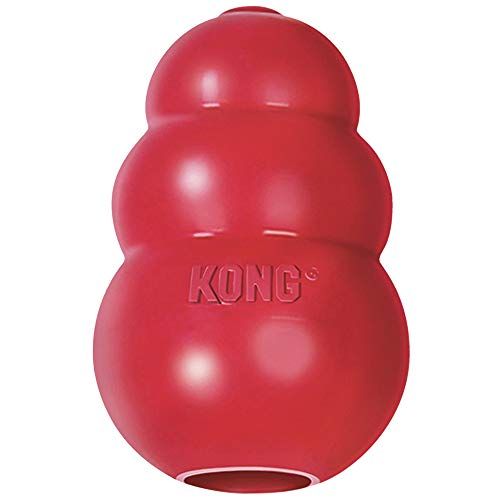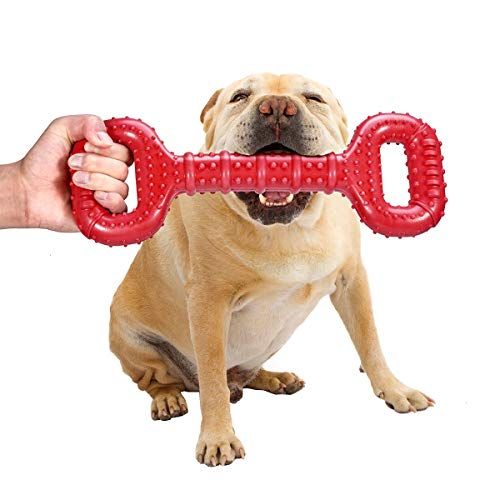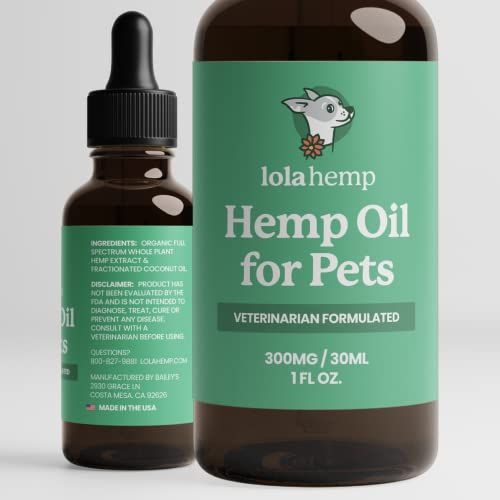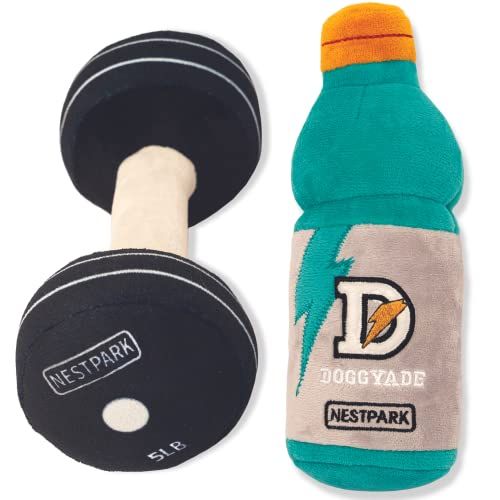Navigating Canine Digestive System: Object Sizes They Can Pass
Our canine companions are well known for their curious nature and appetite for exploration, often leading them to swallow objects they shouldn't. As a dog owner, it's crucial to know how the size of these objects can impact your pet's health. This article will provide a comprehensive guide on the limits of what a dog's digestive system can handle, offering insights to promote the wellbeing of your furry friend.
Dogs, man's best friend, come in a wide variety of shapes, sizes, and dietary behaviors. Just like humans, they often have a sense of curiosity that can lead them to ingest foreign objects. This can create certain complications, especially when these objects are sizeable or harmful. Therefore, it's critical to know how large an object a dog can pass safely without causing any severe health problems.
Understanding Dog Digestive Anatomy
Dogs possess a robust digestive system designed to break down different types of foods, from the proteins in meat to the fiber in certain vegetables. They have a wide mouth equipped with strong teeth for chewing, a lengthy esophagus for swallowing, and a stomach full of acids to break down food before it enters the intestines.
The size of the esophagus and intestinal tract can play a significant role in determining what size of an object a dog can swallow and pass. Generally speaking, larger dogs will have larger esophaguses and intestines than smaller breeds. Despite these size differences, the digestive system of all dogs is not designed to process large, indigestible items.
How Big Is Too Big?
There is no universally agreed-upon size limit of an object that a dog can safely pass. It largely depends on the size and health of the dog. However, it is often suggested that anything larger than the dog's esophagus or intestinal tract diameter should not be ingested, as it could potentially cause a blockage.
Blockages in the digestive tract are serious and often life-threatening conditions. When an object is too large to pass through the digestive tract, it can cause severe pain, vomiting, lack of appetite, and constipation. If left untreated, blockages can cause a tear or rupture in the dog's intestines, leading to potentially fatal peritonitis.
Preventing Ingestion of Foreign Objects
Prevention is better than cure, especially when it comes to dogs swallowing large objects. Dog owners should always supervise their pets during meal times and play sessions, especially if they are known to chew on or eat non-food items.
Toys should be appropriate to the size of the dog. Small toys are a choking hazard for large dogs, while large toys can be difficult for small dogs to handle and may lead to accidental ingestion. Chew toys should be durable and large enough that the dog can't swallow them whole.
Continue reading: How big of an object can a dog pass
When to See a Vet
If your dog has ingested a large object, it's vital to contact your vet as soon as possible. Signs that your dog may have swallowed something large include unusual behavior, lethargy, vomiting, inability to eat or drink, or signs of pain.
Your vet will likely need to perform tests, such as x-rays or ultrasounds, to identify the object and its location. Depending on the size and location of the object, your vet may recommend different treatment options, such as inducing vomiting, endoscopy, or surgery.
In summary, it's not about "how big of an object a dog can pass," but rather "how to prevent your dog from swallowing large objects." As a responsible pet owner, the health and well-being of your pet should always be a priority. Therefore, make sure to always provide a safe environment for them to avoid any potential hazards.
Understanding your dog's health is of utmost importance, and knowing what they can and cannot ingest is part of that knowledge. While dogs are known for their hearty appetites and sometimes curious eating habits, it's crucial to keep an eye on what they're putting in their mouths to ensure they stay safe and healthy.
















